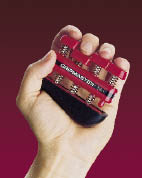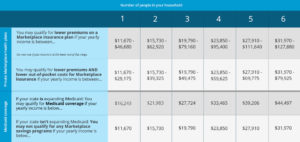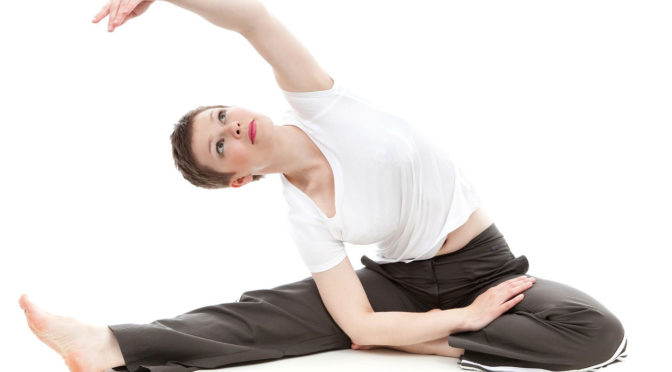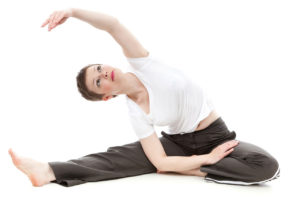It’s January and the spirit of the New Year is still fresh. Everyone is excited and motivated to make positive, healthy changes in their lives, from getting fit to quitting smoking or eating healthier. One study of New Year’s resolvers published in the Journal of Clinical Psychology showed that, after six months, only 46% of the subjects had keep their resolutions. Wouldn’t you like to be among them?
Here are some tips to improve your odds.
- Set goals. Don’t just say you’ll eat better or lose weight. Those goals are too vague. Set specific, attainable, and realistic goals like losing 10 pounds by March 31 or being able to run five kilometers by April. Don’t forget to also set subsequent goals like maintaining your weight loss or losing another five pounds by a certain date.
- Use visualization. Take time to think about and imagine yourself reaching your goals. What will you look like when you’ve lost 10 pounds? How much healthier will you be when you’ve stopped smoking? Think about the emotions you will feel—the excitement of finishing a marathon or fitting into a size you haven’t worn in five years. If it helps, write down your thoughts on an index card and pull it out when you have moments of weakness.
- Make a commitment. You have to be proactive and make it happen. If you hope you are able to find the time to exercise, you probably won’t. Take out your calendar at the beginning of each month and schedule your workout dates as uncancelable appointments. Throw away the cigarettes or junk food that you are trying to eliminate from your life. Buy a treadmill, join a gym, or sign up for a fitness class.
- Get a resolution buddy. Team up with one or more other people who have similar goals. Take walks or runs together, or set appointments to meet at the gym. If it’s not possible to schedule workouts together, make a pact to report your weekly progress to each other. You can use a similar strategy for eating healthy. Report your meals to each other, confessing any over-indulgences. You can even share weight loss/gains if you are comfortable with that idea.
- Keep a journal. Keep track of the actions you take (or don’t take) toward achieving your goals. This may be especially important if you are trying to lose weight. For example, you may not realize the toll “little” snacks, or five days a week of inactivity, can have on your goals. It will also help you catch yourself, if you start to go back to old habits.
- Talk it up with social media. Post your resolution and then report your progress on Facebook. This way your friends can encourage you when you take time out of your busy day to exercise, or have gone one week without a cigarette.
- Set a reward. All work and no play make resolutions boring. Be kind to yourself and set rewards along the way for when you’ve reached certain milestones. However, make sure whatever reward you set is consistent with your overall resolution. For example, if your goal is weight loss, don’t use food as a reward. A complementary reward would be buying a new wardrobe when you’ve gone down one clothing size.
- Learn from your setbacks. When setbacks happen, don’t be discouraged. Focus on your goals and the fact that what you are trying to do is good for you. It’s not a punishment. Remember, each time you overcome a setback you are stronger and more able to reach your goals.
- Reflect on your success and don’t take it for granted. The longer you’ve stuck to your resolutions—three months, six months, one year—the more likely this change will become a permanent part of your life. Take time to think about what worked for you and what tricks will help you stay on track in the future.









 We all know what’s wrong with eating too much restaurant food on the run. Too much fat, sugar, and salt combined with hurried eating can lead to weight gain, fatigue, sluggishness, and even worsening pre-existing health conditions. Often there’s also a lack of fiber in a road diet, and usually fresh greens are in short supply.
We all know what’s wrong with eating too much restaurant food on the run. Too much fat, sugar, and salt combined with hurried eating can lead to weight gain, fatigue, sluggishness, and even worsening pre-existing health conditions. Often there’s also a lack of fiber in a road diet, and usually fresh greens are in short supply.


